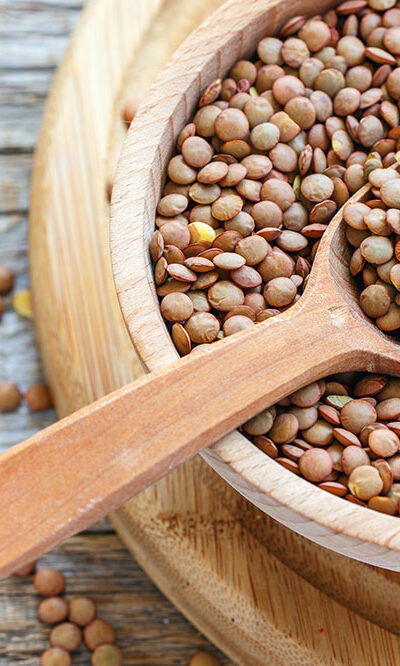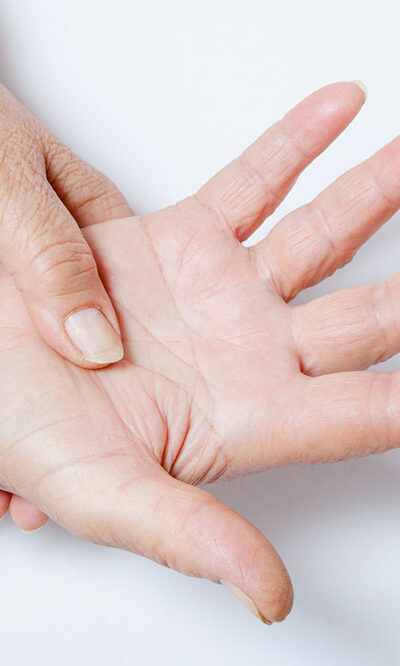
4 signs of weak immunity and ways to strengthen it
A person’s immune system plays a vital role in protecting the body against various threats, including severe respiratory viruses. A robust immune system is essential for minimizing the risk of infection and reducing the severity of illnesses. If one has a weak immune system, the body’s ability to defend against infections and illnesses is compromised. This article discusses four key signs that may indicate weakened immunity and ways to strengthen it. Frequent Illnesses If one falls ill frequently, whether it’s a common cold, the flu, or other respiratory infections, it could be a sign that their immune system is struggling to fend off these threats. Slow recovery A prolonged recovery period after an illness or surgery can indicate weakened immunity. Even wounds and injuries may take longer to heal if the immune system is weakened. A strong immune system helps the body bounce back more quickly. Frequent digestive issues Chronic digestive problems like frequent diarrhea, constipation, or bloating can indicate an imbalance in the gut microbiome, which is critical to immune health. Chronic stress One of the symptoms of a weak immune system can be a persistent state of stress. This chronic stress can manifest as anxiety, restlessness, and an overall feeling of unease. Conversely, chronic stress, often accompanied by high levels of cortisol (a stress hormone), can further weaken the immune system. Ways to strengthen immunity Have balanced meals Consume a variety of vegetables, lean proteins, fruits, and whole grains to provide the body with essential vitamins and minerals. Stay hydrated Drinking enough water helps maintain bodily functions, including immune response. Get adequate sleep Aim for 7-9 hours of sleep per night to support immune system repair and function. Try to manage stress Chronic stress can weaken immunity; practice stress-reduction techniques like meditation or yoga. Exercise regularly Engage in moderate physical activity to boost circulation and immune cell function.










